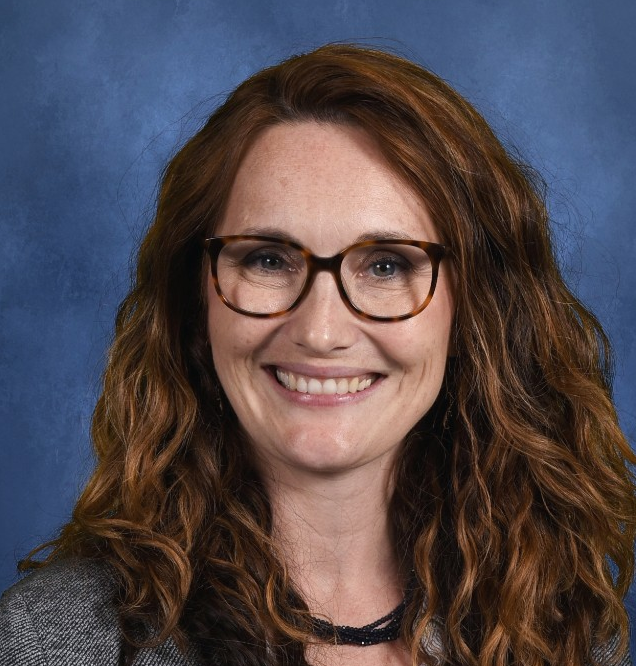Throughout the school’s history, Sanford has celebrated and respected the unique talents of our community members. We continue to create an inclusive, nurturing environment that instills a healthy respect for differences. Sanford values diversity at our core, including, but not limited to: culture, ethnicity, race, spirituality, gender, gender identity, sexual orientation, learning styles, socio-economic status, and interests.
It is widely accepted that there are significant benefits for all who are immersed in a diverse community, from learning how to appreciate and respect differences to acquiring lifelong skills like communication and listening for understanding. Achieving a diverse community, though, does not inherently lead to a community which values inclusivity and equity. Within any organization that values differences, there is work to be done to help each individual feel important, valued, known, and respected. This requires high levels of empathy and a commitment to having difficult conversations. So, what are some ways to work towards this ideal? Where there exist challenges, there are also opportunities for education, self-reflection, and growth. Below are four suggestions to take advantage of the opportunity
1. Use Thoughtful Language
Oftentimes, misunderstandings and hurt are a direct result from the language that is used. To start, there is no place for derogatory language; it is simply not okay to ever use racial or ethnic slurs, anti-semitic, homophobic, sexist language, etc. Beyond eliminating this language, though, individuals can choose to use language that is inclusive. There are so many resources that outline how to utilize inclusive language. This article, while aimed at recruiters, gives some great general tips and a list of phrases to avoid. It may surprise you that phrases that are still commonplace, like “grandfather-clause”, “gypped,” or “peanut gallery,” all have historically racist roots. While many times there is no malintent on the part of the person using such words and phrases, there can still be a damaging impact on someone who belongs to a marginalized group. Oftentimes, these words and phrases fall into the category of Microaggressions, which are described in more detail in the next suggestion.
2. Learn About, And Eliminate, The Use of Microaggressions
The term microaggressions
3. Identify And Acknowledge Potential Unconscious Bias
A volume of research has been done around the idea of unconscious bias, or the idea that our brains make quick, unconscious associations that affect our decisions, judgments, and actions. Notably, Project Implicit was developed by three leading scientists studying bias and has collected a large amount of data from users who volunteer to take an Implicit Association Test. These tests measure the strength of an association; for example, the strength of one’s association of men with a scientist. (If you are interested in learning more about your own potential biases, you can take free tests here). The results of the data were investigated and then presented in the book Blindspot: Hidden Biases of Good People (Benaji and Greenwald) and demonstrate the brain science behind why these occur and how one can learn to recognize and combat these biases.
4. Ask Questions, Make No Assumptions, and Listen!
At the core of all of these suggestions is a simple thread: in order to participate in creating a world where we treat each other well, we must take the time to learn from each other. This means being curious about learning about those who are different from ourselves, keeping an open mind and reserving judgment, and practicing the skill of deep listening. If a goal is to make each other feel valued and equal, it may mean that we spend time examining our own vulnerabilities and working to understand other perspectives.
Create An Inclusive Community
It is our responsibility as educators to nurture and foster the development of an inclusive community so that all of our students feel valued and known. Inclusive communities are safe communities, and safe communities encourage intellectual curiosity, respectful dialogue, and personal growth. Working towards this goal, and working on our own personal growth, models lifetime learning and a commitment to kindness, empathy, and respect. At Sanford, we respect our differences. These shared values connect our school community. Find out why Sanford is the best private school experience









